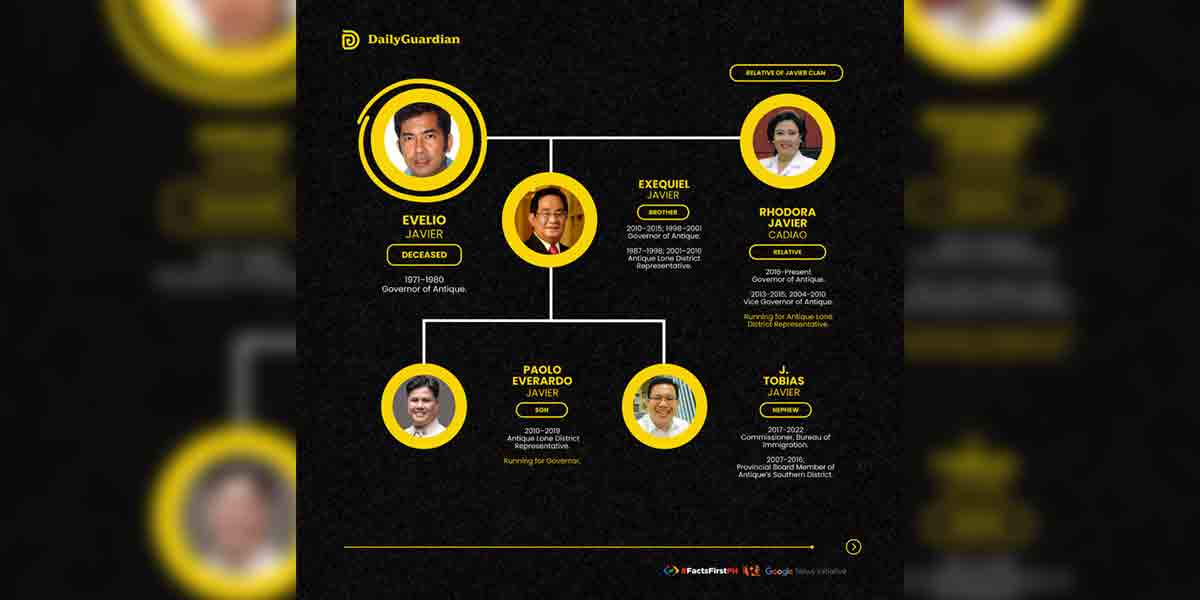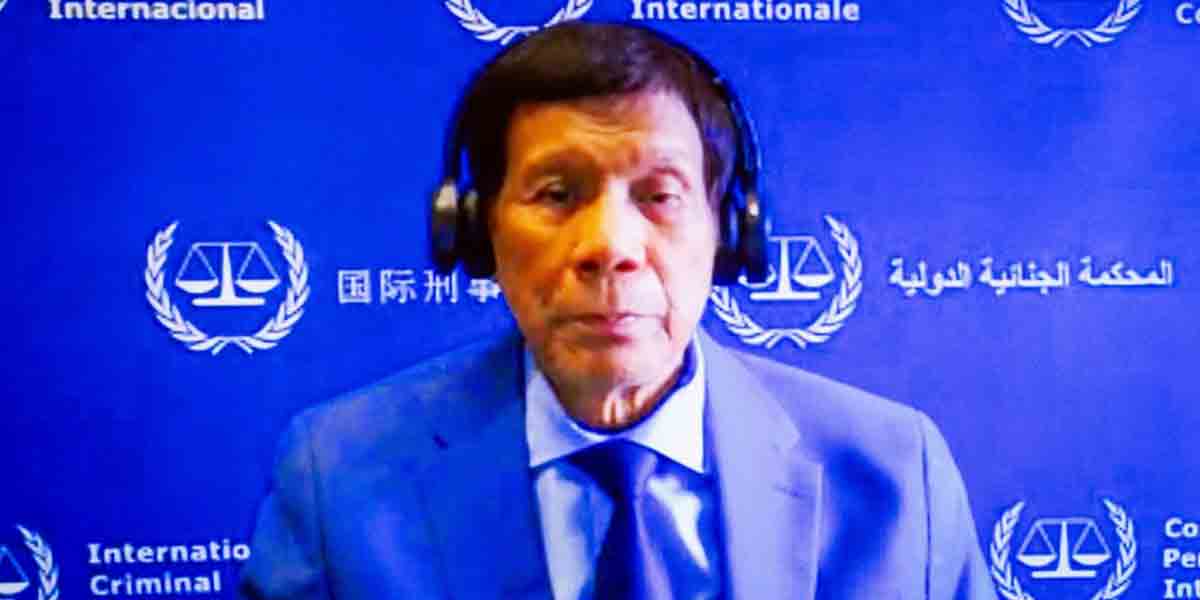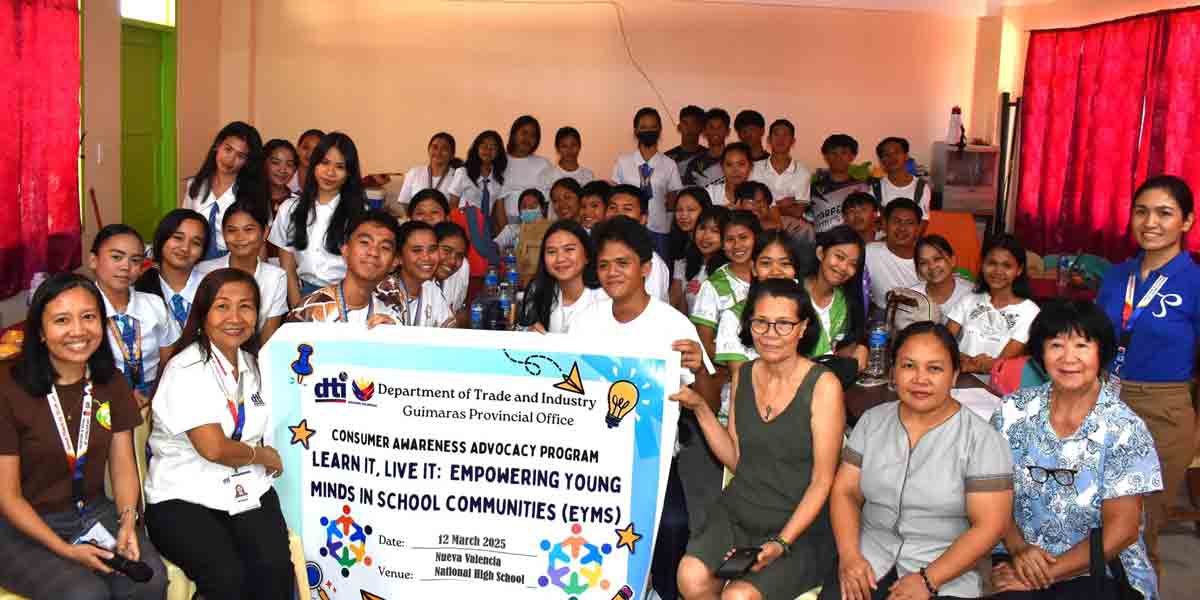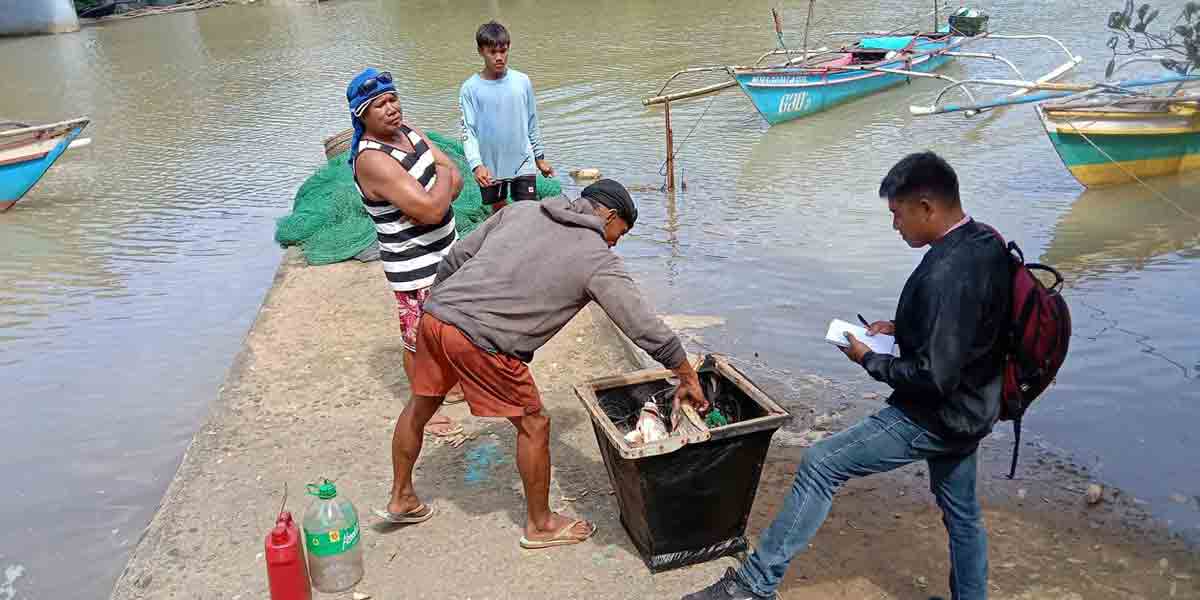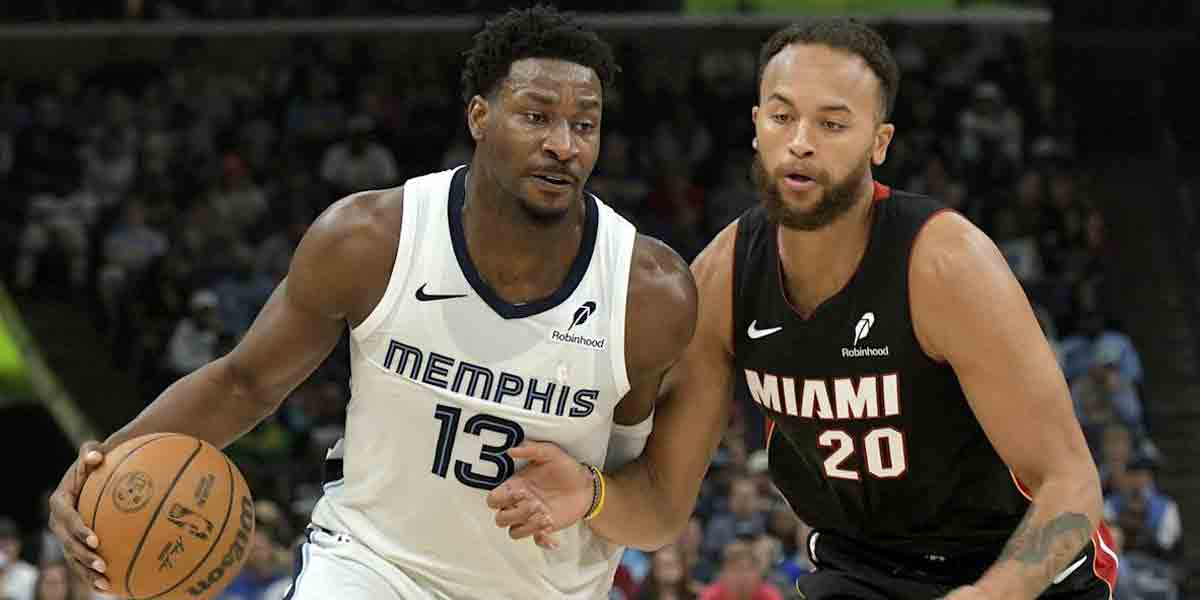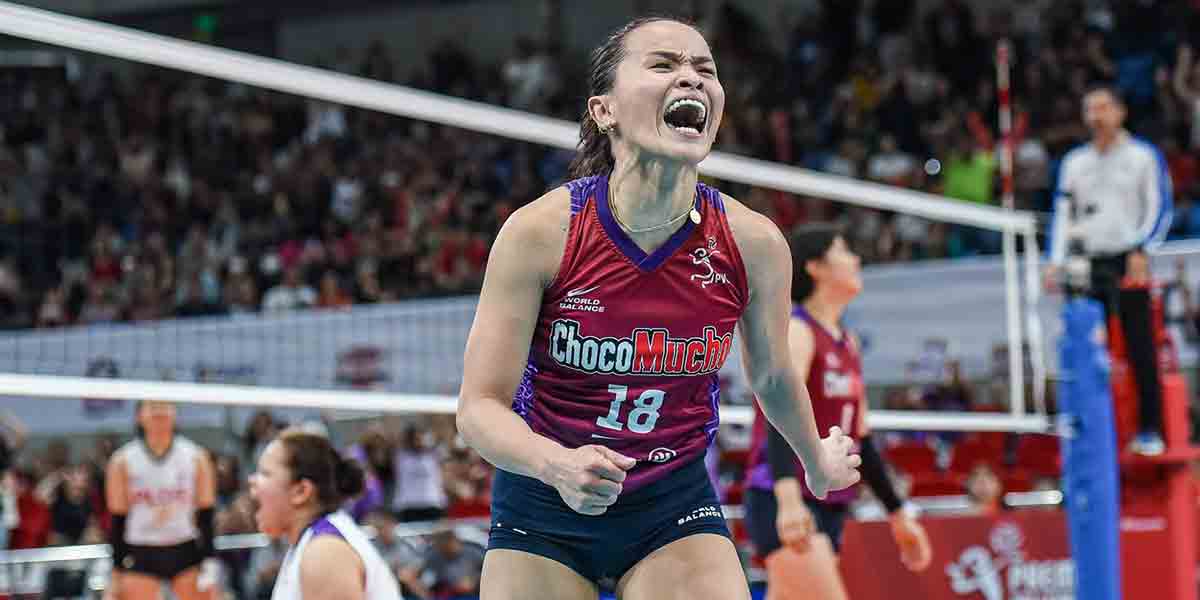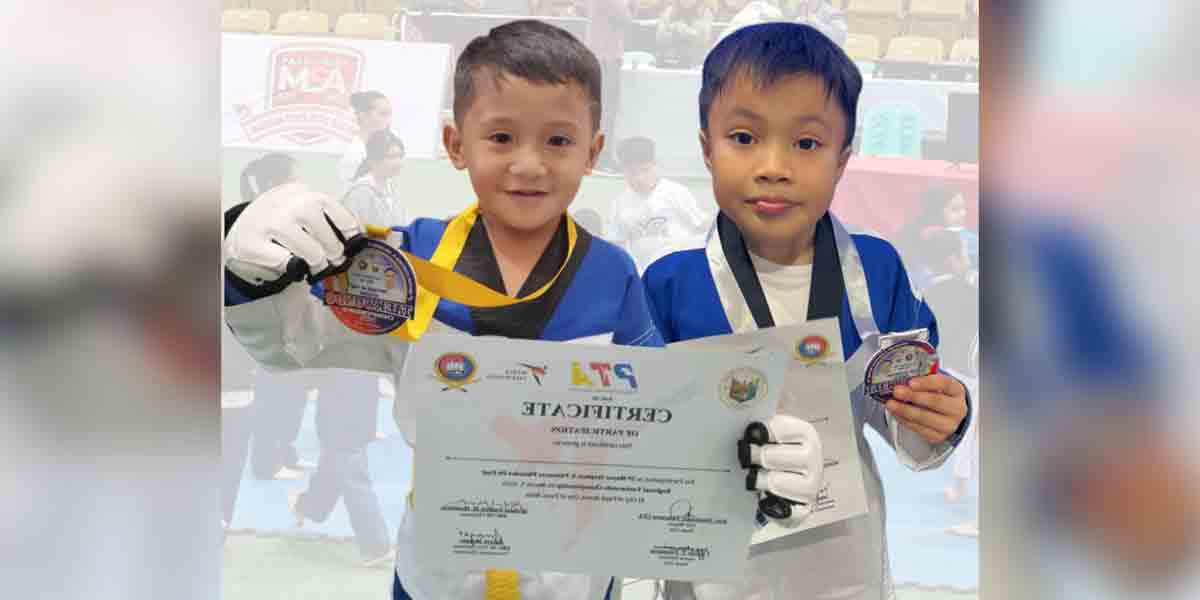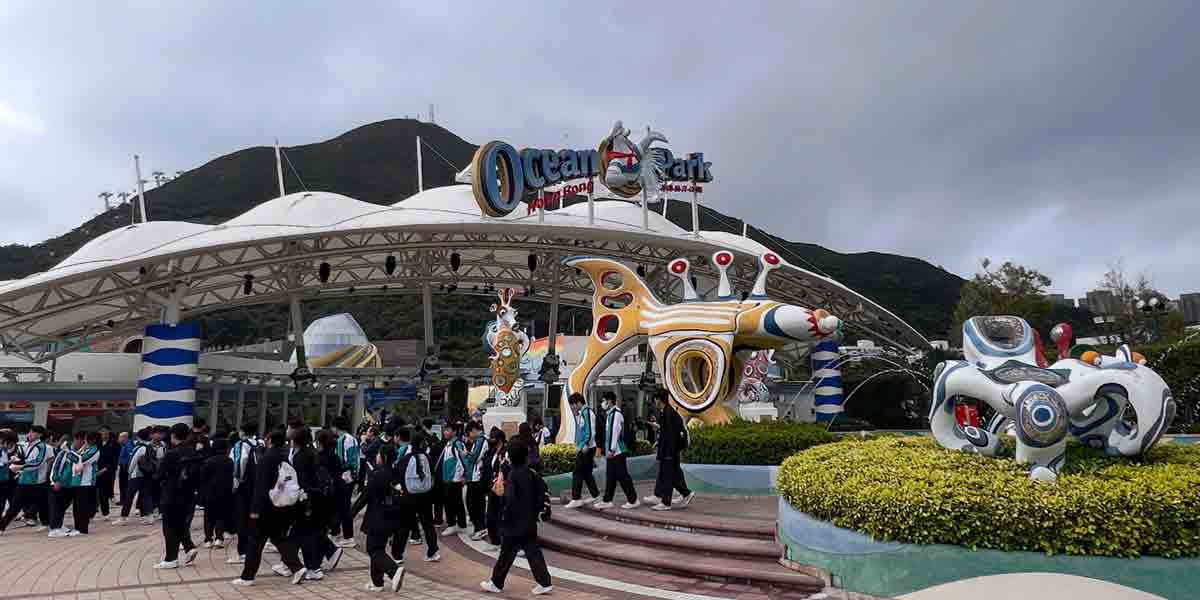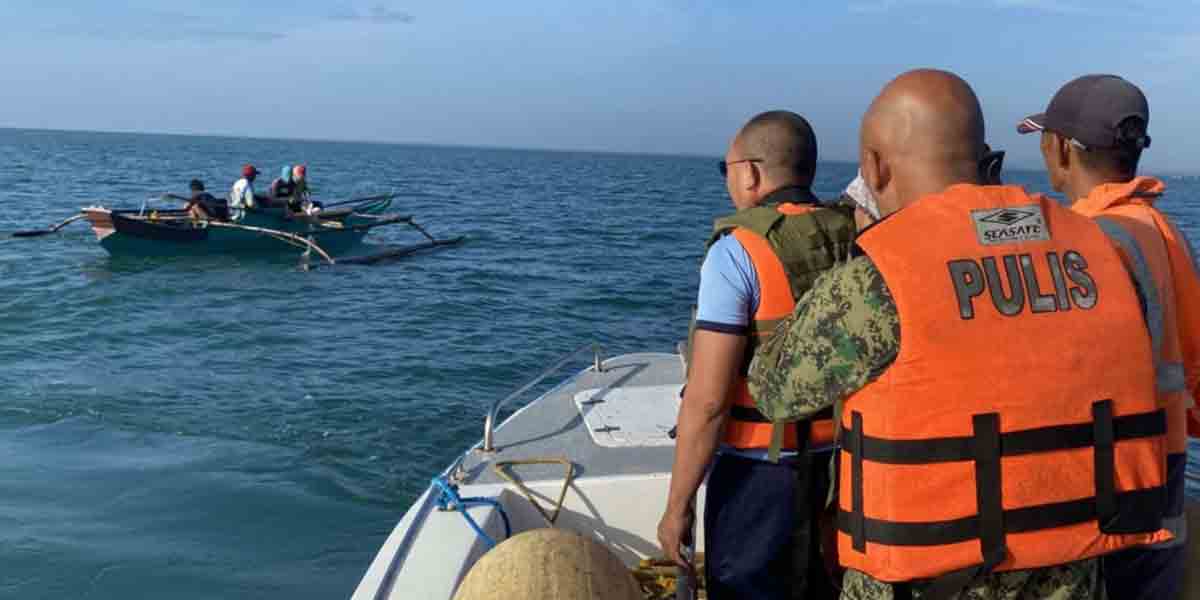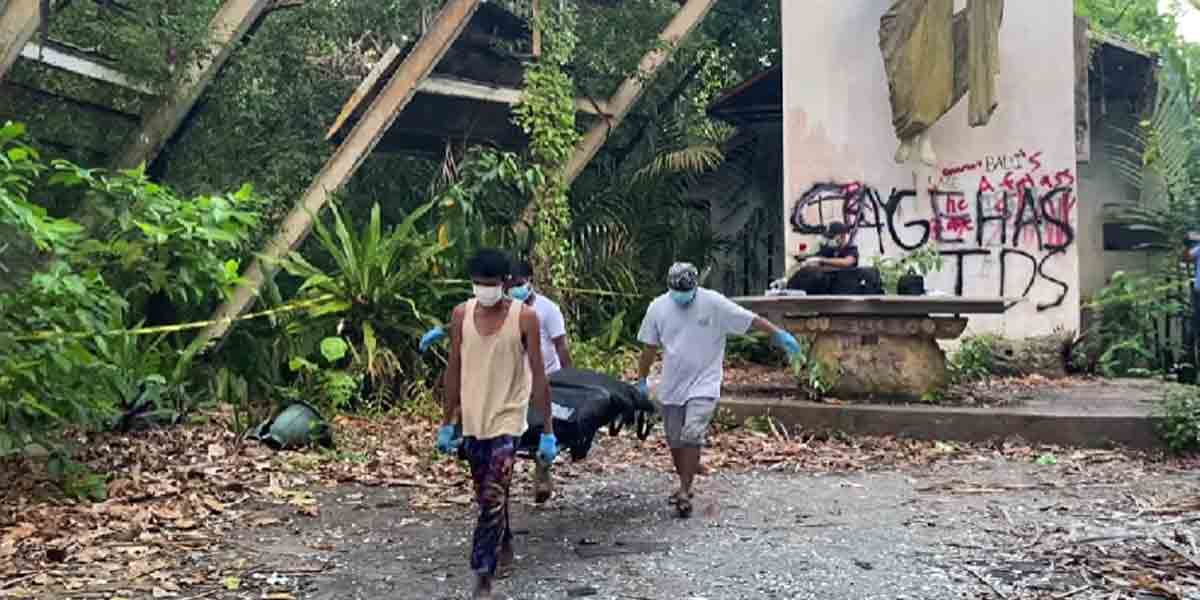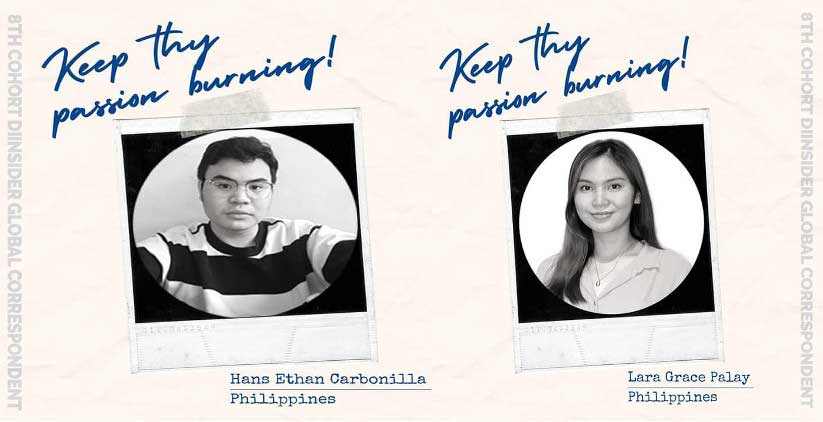
Two Communication and Media Studies (CMS) students of UP Visayas broke records for their “most read” and “most shared” articles during their five-month internship at an international social impact magazine.
Development Innovation Insider (Diinsider) Global Correspondents Program welcomed their 8th Cohort in February 2021 where Hans Ethan Carbonilla and Lara Palay, students of UPV’s Division of Humanities (HumDiv), found themselves as two of 28 Global Correspondents for Change Magazine, a flagship media hub under Diinsider.
Carbonilla won “most read” article in February 2021 for his story on a local fishing community “Inaccessibility that Slows Down Dreams.”
Palay won “most shared” article among this batch for her story on the mental and emotional burdens on gifted kids “Gifted Kid Burnout”.
Bringing with it the challenge of creating social impact stories amidst a pandemic, Carbonilla would be one to tell you that “juggling (sic) acads and the five-month global internship program was not a piece of cake.”
As a quick rejoinder, he added that “with proper time management, it is possible.”
Even as both students found the opportunity to be unexpected, they embraced the experience.
“Social impact and community development projects are causes that are close to my heart. Having a platform, like Diinsider, to share stories related to my advocacies is truly gratifying,” Palay wrote in a separate article.
Their takeaways would highlight where academia and industry journalism meet.
HOW TO WRITE
Hands-on experiences show true skill.
This was the insight shared by journalism professor Dr. Zoilo Andrada Jr. who was responsible for introducing the global internship to Carbonilla and Palay.
Not one to take the face value of previous journalism experiences and awards, Dr. Andrada gauges his students’ performance based on class progress.
“I have certain ways of measuring their skill, like exercises, general knowledge about campus journalism [during CMS 21 Media Writing], and then followed up by CMS 130 [Foundations of Print Journalism] and CMS 131 (Covering and Writing the News),” he said during an online interview.
Overseeing majority of the journalism subjects means Dr. Andrada can efficiently pick up on his students’ improvements. Integral to that end is the ability of the students to recognize their weaknesses.
“Hans was very vocal about his weaknesses and limitations, particularly about interviews,” the professor shared.
He noted how Palay had already established her own writing style, but both students would find themselves equally challenged during news writing classes.
Dr. Andrada shared that part of the CMS 131 classroom training is to “expose [students] to the community,” but making sure that “before you assign them outside, you train them.”
The journalism professor would assign news beats as an “activity to develop [students’] confidence” by familiarizing them with different kinds of stories.
Students are then taught how to conduct interviews, which is crucial for data-gathering.
“What I stress [in interviewing] is they should know how to probe, don’t just accept what your interviewee said, have follow up questions,” Dr. Andrada explained.
Standard to these classes are revisions, feedback, consultations, and self-editing. The final part is the publication of the news stories in local and national newspapers.
“They should know how to edit their own work because it helps,” Dr. Andrada emphasized.
“They have to be keen observant, and sensitive as to how stories are developed before publication; that’s what the journalism stream is all about.”
Dr. Andrada cited how these are “basic things which students assume they know but they don’t,” and it is exactly in rediscovering and honing journalists’ skills that students find or strengthen their passion for writing.
MAKING AND CROSSING BOUNDARIES
Finding the sweet spot between academic and industry journalism continues to be the crux of debate amongst scholars and practitioners. Carbonilla and Palay shed light on the differences and similarities.
They both echoed word count limits as one of their greater hurdles in class, which is different with Diinsider because it asks for longer stories.
This was affirmed by Dr. Andrada when he explained that among a host of academic technicalities, limits like two sentences per paragraph are observed.
A change in word limits, and other things, would come to light.
“You are writing for a global audience. That’s different than if you’re only writing for the classroom,” Carbonilla shared.
Palay remarked about being challenged to write about what is happening in other countries, which entails rigorous research on the event and its contexts. This is contrary to community stories for class which has sources readily available for in-person visits.
“But we were able to learn the culture because we think globally, unlike in the classroom where our perspective is limited, “she said.
Though word counts and audiences’ factor in that difference, both student journos highlight the similarities that reinforced their learnings.
“We had to pitch our articles just like in the classroom, and we had to wait for feedback if the article is good to go or if it needs to be changed, “Carbonilla shared.
They both noted that the style of writing is also the same.
While theoretical and technical approaches are necessary to learning a particular skillset, Dr. Andrada stressed that the goal is application of theory.
“Knowing how to write is an industry need,” he said to describe how CMS is geared towards preparation for industry journalism.
Journalism students under HumDiv are constantly challenged to publish stories in local media outlets while focusing on community and developmental journalism.
For Carbonilla and Palay, the desire for social impact stories and for grassroots journalism, both being the focus of Diinsider, had long been planted.
STORIES FOR COMMUNITIES
Their writing process reflects a combination of personal preference, academic rigor, and experiential training.
When writing, Carbonilla considers what topic to pursue, what available sources to tap, and then how to write the story.
As for Palay, she makes use of outlining to structure her articles. She also takes from personal experiences to build her narratives.
Under the internship program, they are tasked to contribute stories like (1) in-depth analysis on development innovations or issues, (2) news or news-feature topics with social impact, (3) features on an organization or person doing grassroots work, (4) interviews with impact investors, (5) articles on innovator hacks, and (6) opinion pieces.
Besides requiring stories, Diinsider also hosts monthly workshops throughout the program on topics like data and visual journalism.
Equipped with both classroom training and internship workshops, Carbonilla and Palay learned to find a myriad of stories during this pandemic. They turned to digital means and resourcefulness to help magnify social issues that have only worsened during this health crisis.
This “nose” for stories is something seemingly inherent to the challenges that Dr. Andrada has set forth early on in class.
With the belief that journalism “should not be forced”, the professor highlighted that getting a high-grade means working for a high grade.
“The kind of angle you develop will affect your readers, that’s why you should know your story.”
He lauded these two students who excelled in the program, a sentiment shared by one of Diinsider’s founders, Gladys Llanes, who is a UPV alumnae.
“I’m very happy for them (Carbonilla and Palay); I hope they continue pursuing that passion, and eventually end up as one of the journalists in the industry,” Dr. Andrada expressed.
Towards the end, he emphasized that journalism is work, and part of that work is being able to tell a good story.
Find good stories through the links shared below:
By Hans Ethan Carbonilla:
– http://www.changemag-diinsider.com/blog/inaccessibility-that-slows-down-dreams
– http://www.changemag-diinsider.com/blog/more-than-just-the-glamour-of-k-pop
– http://www.changemag-diinsider.com/blog/how-far-are-we-in-achieving-a-plastic-free-world
By Lara Palay:
– http://www.changemag-diinsider.com/blog/time-to-give-boys-their-voice
– http://www.changemag-diinsider.com/blog/myanmar-in-triple-peril-covid-19-military-coup-and-hunger
(Ms. Isabella Marie Zerrudo, Division of Humanities, CAS)


